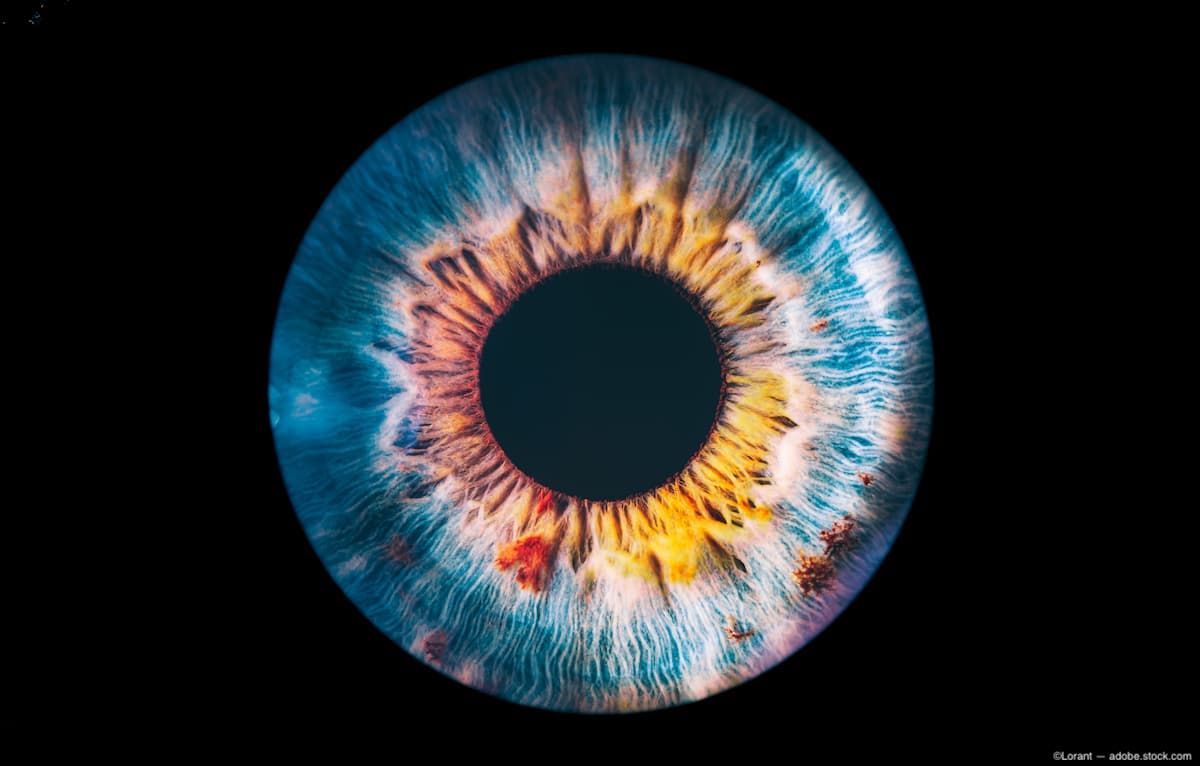ARPA-H rolls out research program to restore vision to blind patients
According to the Advanced Research Projects Agency for Health, its program aims to transplant human eyes and reestablish visual connection to the brain.
(Image credit: AdobeStock/Lorant)

The Transplantation of Human Eye Allografts (THEA) program was announced by the Advanced Research Projects Agency for Health (ARPA-H), an agency within the US Department of Health and Human Services (HHS).
The program intends to transplant whole human eyes to restore vision for the blind and visually impaired.
According to its news release,1 vision loss affects more than 7 million Americans, with the most common causes being age-related macular degeneration, glaucoma, and diabetic retinopathy. Trauma and some hereditary conditions may also lead to blindness, according to the ARPA-H news release, and while there currently are therapies available to slow the progression of vision loss, there are none that restore sight.
Moreover, more than 70,000 people in the U.S. donate their eyes after death each year. It turns out that only parts of the eye, most commonly the cornea, are able to be used for transplantation. As a result, the millions of people blinded by conditions of their retina and optic nerve have no options for improvement.
The program is focused on addressing the issue, which would ultimately transplant the whole donor eye and reconnect the nerves, muscles, and blood vessels to the brain so that the eye can function to provide sight to the patient.
ARPA-H THEA Program Manager Calvin Roberts, MD, pointed out that for centuries, physicians have held theories about the possibility of eye transplantation to repair vision, but never had success in this area.
“However, very recent discoveries in vision science and neuroscience may now help solve the hurdles of reattaching the donor eye’s optic nerve to the recipient,” Roberts said in the news release. “With THEA, we aim to revolutionize the reconnection of nerves to the brain and make these advancements accessible in the United States and around the globe, with the ambition to offer an alternative to lifelong blindness.”
In order to successfully transplant an eye and have it heal, THEA said in he news release it will leverage emerging microsurgical techniques, coupled with genetic and cell-based therapies, to restore, preserve or regenerate nerves from the eye to the brain. Ultimately, these regenerative solutions may prevent degenerative blindness and are a critical step towards successful whole eye transplantation to restore vision. ARPA-H is emphasizing collabor
ation across academia and industry to accelerate these discoveries with unique tools not yet applied to ocular surgery.1
ARPA-H Director Renee Wegrzyn, PhD, noted that saving sight through transplant surgery has lagged behind successful transplants of other organs.
“While it has been nearly 60 years since the first successful human heart transplant, we have not been able to use similar approaches to restore a person’s sight, and that’s what makes this an ARPA-hard problem to solve,” she said in the news release. “Through THEA, we’re seeking to develop the next breakthroughs in transplantation, preservation, and neuroscience to address the challenge: ‘What if we could restore vision to those who are blind?’”
According to the news release, THEA will test and evaluate the best potential therapies to repair damaged nerves, to retain key structures in the eye, such as the retina and optic nerve viable after damage, and to prevent postoperative inflammation or rejection.
Through a forthcoming Innovative Solutions Opening, THEA will request proposals focused on three technical areas: retrieval of donor eyes and maintenance of the health of donor eyes until transplantation; optic nerve repair and regeneration; and surgical procedures, post-operative care, and functional assessment.
While a number of awards under the solicitation are possible, the resources on hand will depend primarily on the quality of the proposals received and the funds that are available.
